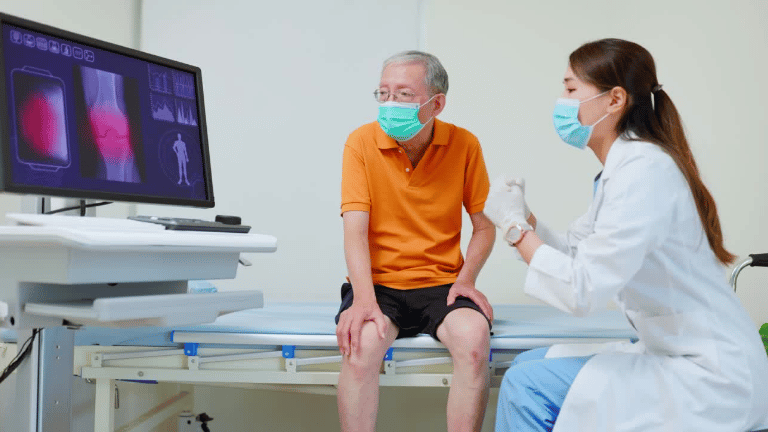Positive Temperature Coefficient Heater (PTC)
A Positive Temperature Coefficient Heater is a self-regulating heating device that increases resistance as the temperature rises, ensuring controlled and efficient heating. Its design prevents overheating, offering reliable performance.
This heater's stable operation and compact form factor make it an efficient solution for consistent temperature maintenance across various applications.

Self-Regulating and Efficient Heating Solutions
The PTC Heater provides consistent and reliable heating with automatic temperature regulation for safe operation.
How PTC Heater Works
A PTC Heater utilizes Positive Temperature Coefficient (PTC) materials, which increase electrical resistance as temperature rises. When powered, the heater warms up quickly until it reaches its preset temperature. At this point, the increased resistance limits the current, ensuring the heater maintains a stable temperature without overheating.
Key Features
- Self-Regulating: Automatically adjusts resistance to maintain a constant temperature.
- Safe and Efficient: Prevents overheating, ensuring energy-efficient operation.
- Rapid Heating: Quickly reaches operating temperature for faster performance.
- Compact Design: Fits easily into space-constrained systems.
Applications
PTC Heaters are ideal for applications requiring reliable and energy-efficient heating, such as:
- Temperature Control Systems: Self-regulating heaters for consistent heat output.
- Dehumidification Devices: Providing stable heat to remove excess moisture.
- Electronics Heating: Keeping components warm in low-temperature environments.

Latest Insights
Collaboration Begins Here.







